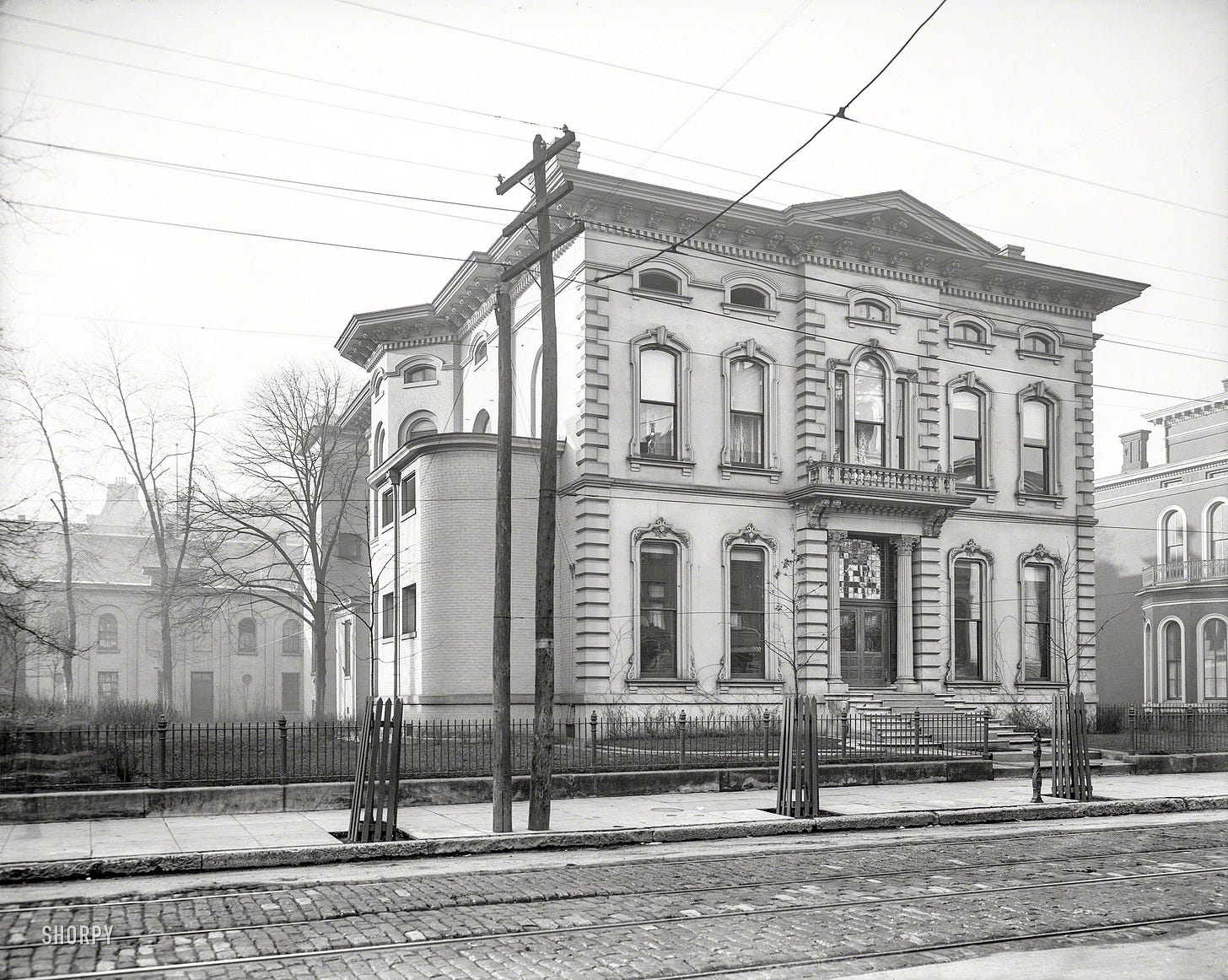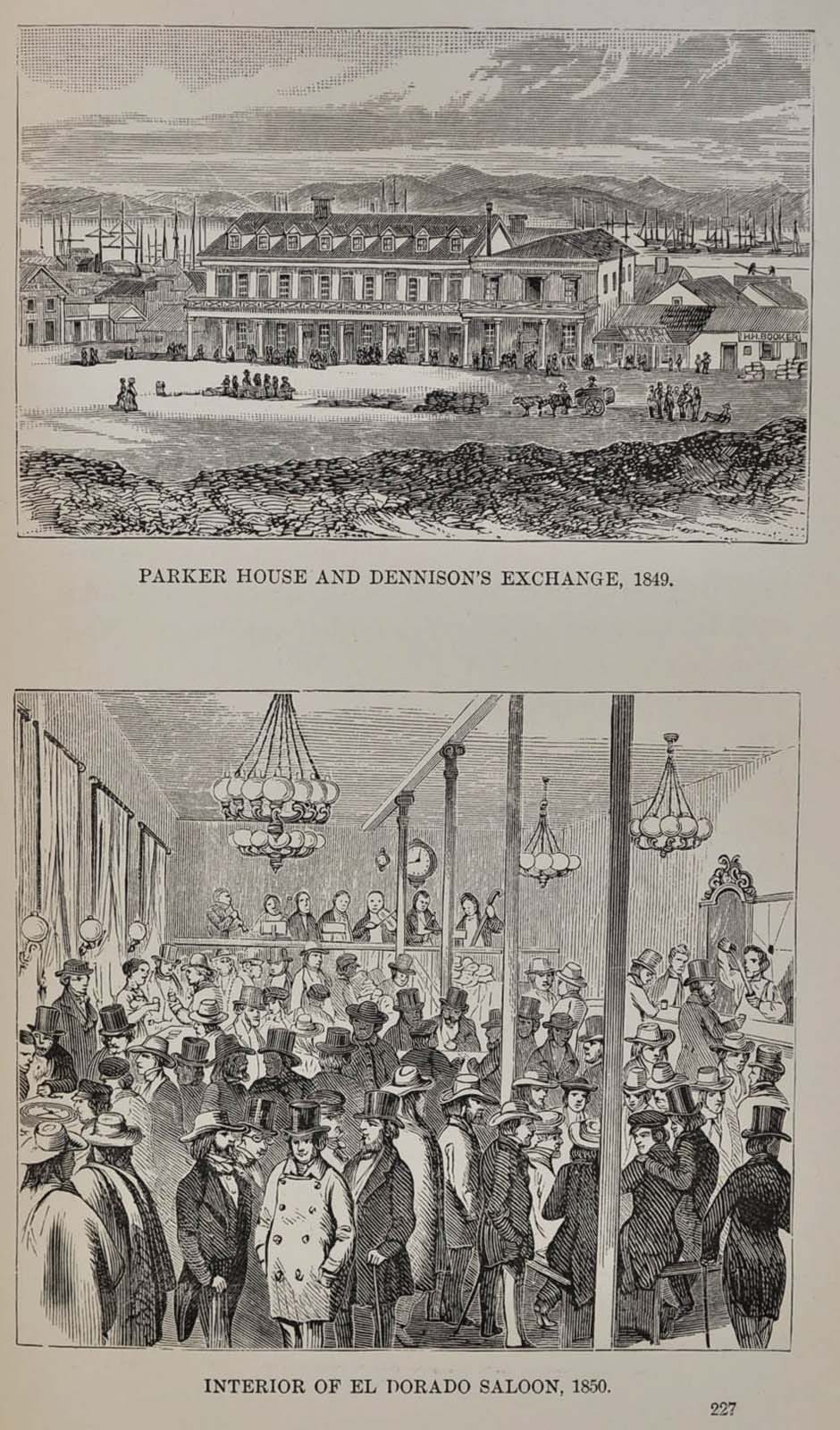Sitting at the Bar With Al Culliton, Cocktail Historian and Writer
Dip your toes into some American cocktail history with expert Al Culliton, fellow writer for "Punch" and author of Al's Cocktail Club newsletter.
“Sitting at the Bar” is an ongoing series where I spotlight noteworthy bars, bartenders and bar industry figures in an informal Q&A format.
As the reader, you get the inside scoop on a range of topics. From where bartenders find inspiration for the cocktails served at their bar(s), to more casual and fun topics such as which famous person (dead or alive) our featured bartender(s) would love to share a drink with. Sit back, be a fly on the wall, and enjoy the written equivalent of what it’d be like to eavesdrop on my typical conversations with bartenders
Onboarding…
If you’ve just boarded this drink-filled mess of a newsletter, welcome, tipsy traveler! Since you probably missed the “Itinerary” newsletter explaining what to expect from “The Great American Road Trip” theme, I recommend reading that newsletter (link below) for some context. But, basically, y’all gettin’ some serious ‘Murica vibes delivered straight to your inbox.
Sitting at the Bar with Al Culliton
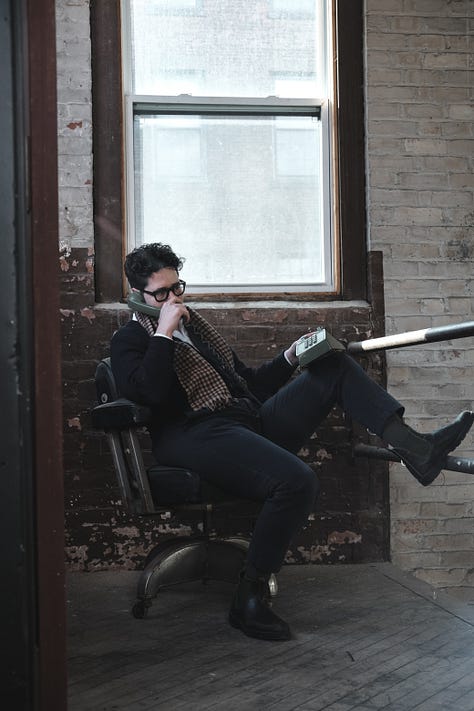
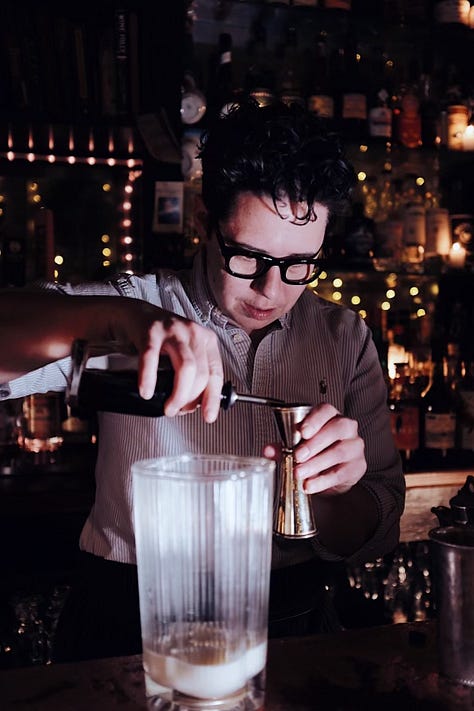
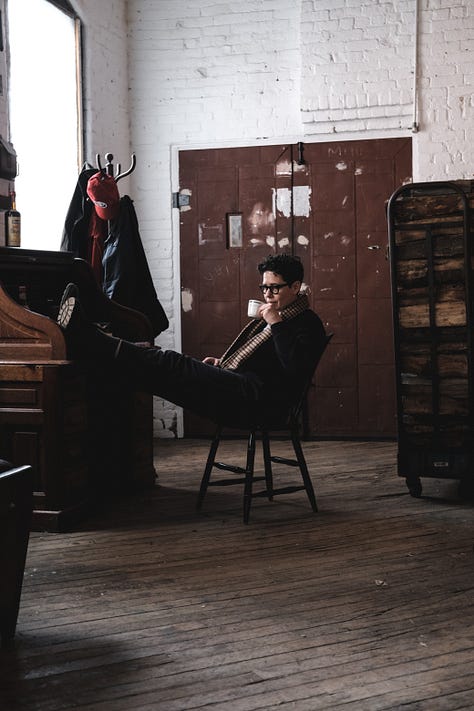
Al (they/them) and I initially connected on Instagram as many people do in the modern day. After noticing our many neighboring bylines on Punch — Eater’s drinks outlet that we both write for if you happen to be unfamiliar — I concluded that we should probably become acquainted, and so, long story short, here we are.
What you really need to know about Al is that they are one of the most exciting emerging talents in drinks journalism. Their written work focuses on the intersection of the American Cocktail, food, and culture from the age of punch (1600s) through the 1960s and, sometimes, the twenty-first century. Few drinks writers are actively doing the archival work they’re doing, and I cannot recommend reading Al’s articles enough — especially if you’re a history buff with a hankering for a cocktail.
When Al isn’t plugging away at their book proposal, editorial work or formulating the next theme for Al’s Cocktail Club, they can be found behind the stick at Gigantic in Western Massachusetts, mixing drinks and tending bar while dripping tidbits of fascinating cocktail history to any guest who is keen enough to listen.
If you find yourself cruising along the Massachusetts Turnpike (also known as Interstate 90), find Al on Instagram and slide into their DMs to see if they’re working at the bar. If so, make that pit stop in rural Massachusetts, order one of Al’s favorite historical cocktails and let them wax poetic about it. After all, the best bartenders have an extraordinary ability to tell a compelling story; and from the few things I know about Al, I reckon you’ll be around for more than one cocktail and leave knowing more about drinks history than when you arrived. Just be sure to tell them I say hello!
What is your favorite era of U.S drinking history, and why?
I love many moments in cocktail history, but I have a particular kind of affection for the pre-Civil War era. I really like what happens when ice becomes more widely available and the drinks that sprang from that. The Cobbler (especially because I'm a fortified wine nut!), the Julep, the Smash, the Fix... all of them require piles of crushed ice (though we often use pebble in bar settings nowadays) and abundant garnishes.
For Tipsy Travelers interested in tasting a piece of U.S cocktail history, which drink (s) would you recommend they try?
The Smash has a special place in my heart and it's very evocative of the aesthetic popular in the 1830s, '40s, and '50s. I've developed a recipe spec and style of presentation that fuses the historically-accurate Smash with the one popularized by late-20th-century bartenders like Dale DeGroff. Holland gin, also known as genever, was a popular base for the Smash (along with French brandy), and my Holland Gin Smash is a perfect warm-weather drink.
(Author’s note: Paid subscribers, stay tuned for Al’s exquisite Holland Gin Smash recipe set to be published on Friday!)
What are your favorite historical cocktail fun facts to share with guests at the bar?
I like to let people in on the arc of the American Cocktail through time. If they order a Manhattan or Martini, I might talk about the advent of vermouth in the American market in the decades following the Civil War. If we're doing a tiki/tropical theme, I might share that the term "tiki" wasn't retroactively applied to the California tropical movement of the 1930s and '40s until later on, or that the cis white men whose names are attached to that movement benefited from the work of Filipinx bartenders who staffed bars like Don the Beachcomber.
If guests order a Sidecar, I might talk about the importance of the bar scenes in Paris and London during the 1920s and how they took American-style drinks and created an offshoot genre unto itself.
For imbibers interested in visiting historical American bars, which three would you recommend and why?
Hmmm. This is a tough one! Part of what draws me to history is that I build a three-dimensional world in my mind. Because I'm a transmasculine, non-binary person, sometimes going to uber-traditional bars in the present day isn't as pleasurable as you might think. But here are three that are a mix, not all are still open!
I'd love to have seen the Hoffman House, New York in its heyday; it was one of the most influential bars at the turn of the 20th century. I also wish I could be transported to the El Dorado Saloon in Gold Rush-era San Francisco in the 1850s, when they were serving Smashes and Champagne and oysters to miners and the like. I would have loved to get a cocktail made by Tom Bullock at the Pendennis Club in Louisville or at the St Louis Country Club.
Time for a shameless plug! What should Tipsy Travelers expect from Al's Cocktail Club if they decide to join?
A whole lot of fun! It's a mix of deep-cut history and practical tips for making drinks at home. Last month we dove into the gold rush but this month we're going to put the nerdy history aside in favor of tips for spring entertaining—think batched verdant punches, bottled martinis and amaro-laced cocktails, and modular, serve-yourself aperitivo bars.



